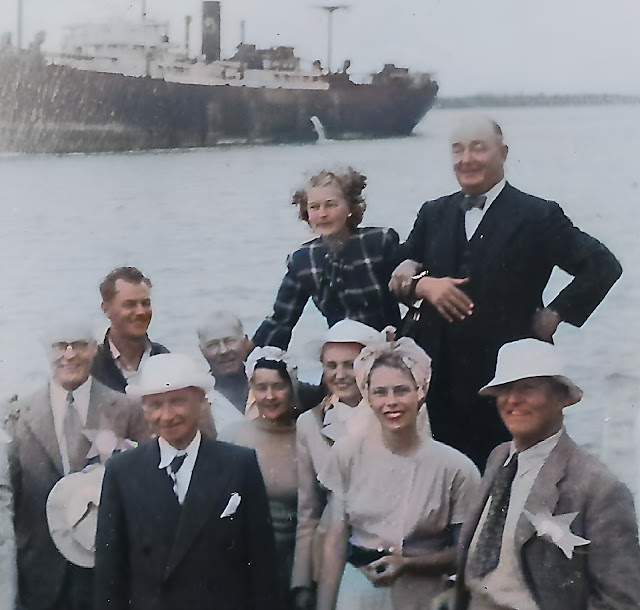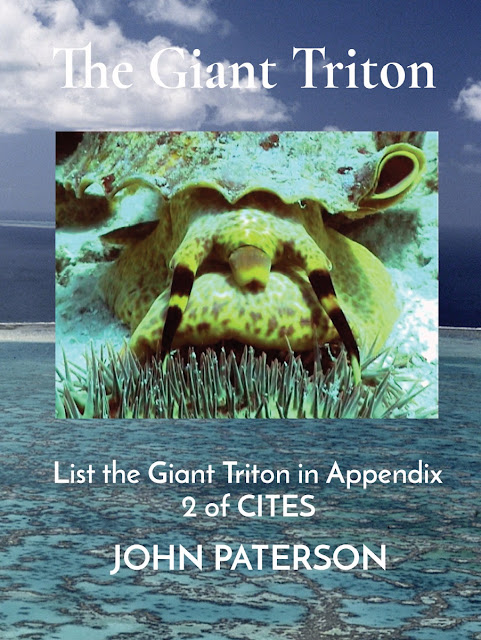Dan the Diver joins STEM Club
His mother had told him stories about a boat called the Northern Star and its days in the trochus fishing industry. It roamed the Reef from north of Cooktown to south of Mackay looking for shells from which to make buttons.
As a baby, Dan learnt a lot about trochus fishing from his Uncle Albert, who had spent his entire life diving for these shells in Torres Strait and down the east coast of Australia. He had even been on the Northern Star with the notorious skipper Bully Hayes.
On one trip, the skipper ended up on top of the reef. Luckily, the boat floated off next high tide. The shell landed in Cairns was 18 tons and was worth £4680 in the early 1950s. As you can see, this story could have ended up very much differently.
Bully Hayes, Uncle Albert, baby Dan and diving crew could have been marooned on a reef island for ever but luckily, that was not to be the case. Instead, the boat was sold and everyone moved on to better things.
Dan the Diver had heard about the starfish that fed on coral and would outbreak in the tropical Indian and Pacific Oceans but it did not occur in the Atlantic Ocean. That was the very first question for Dan. Why was that so?
It wasn’t long before he and his friends were off on trips to the Reef. They learnt about the problems that our Reef was facing and the tools and techniques that scientists use to solve problems.
As they grew older, they became aware that it was even more important to know what science was really about. To find the answers that they were looking for, they needed to ask the right questions in the first place.
Sometimes we just look for evidence that shows that we are correct and we tend to ignore occasional things that don’t seem to fit our theory. However, it is the exception to the rule that creates a new way of looking at things.
Dan would design equipment that helped him monitor the animals that he studied out on the Reef. He couldn’t be there all the time, so something had to keep watch while he was away. The Great Barrier Reef was a big place.
He installed remote cameras that could record all that happened nearby but the triton shells could move quite large distances looking for food. Dan soon discovered that when food was plentiful, they didn’t move very much.
Dan and his friends would search the shallows and tag large shells with ultrasonic transducers. The detection equipment would be placed on the bottom carefully in order to be able to map the movement of these shells.
Dan would take notes on his underwater tablet which also retrieved the data from the cameras and ultrasonic detection equipment installed on the bottom. The batteries in the cameras, tags and detector needed changing regularly.
Sometimes, it would be blowing a gale out on the Reef. Dan’s boat would anchor in sheltered waters and he often wished that he could monitor the shells remotely. “We need a transmitter on the detectors out there,” he said.
Dan and his team would search for the shells the whole time that they were out on the Reef. They could locate the tagged shells easily, using a hand-held ultrasonic detector but new shells were always hard to find.
There were lots of hiding places for large shells. They could be in caves or under overhanging coral. In the back of caves, they were very hard to locate without ultrasonic tags. It took a trained eye to find them.
Sometimes, they could be found out in the open resting on sand but this was rare. For every shell found out in the open there would be ten hiding in caves. Dan soon realized that surveying this animal was going to be very difficult.
Coral reefs are under threat from many human activities, including over-fishing and climate change. Only through Science, Technology, Education and Mathematics (STEM) can we hope to find solutions to these problems.
Dan the Diver remembers all the ecowarriors who defended the Reef against pollution, starfish outbreaks and bleaching. The battle for the Reef was not won by soldiers but by scientists and educators using technology and mathematics.
Luckily, Dan had learnt SCUBA, as well as science at a young age and had collected blue-ringed octopus to take to the university for venoms research. Dan remembers joining a STEM Club with his friends while still at school.
ISBN: 978-0-6486099-5-7







Here is a summary of the web page:
ReplyDelete- **Dan the Diver joins STEM Club**: This is a fictional story about a diver named Dan who learns about the coral reefs and the starfish that threaten them. He uses science, technology, engineering and mathematics (STEM) to study and protect the reef. The story is meant to inspire young readers to join STEM clubs and learn more about the natural world.
- **Starfish: A warning from the past regarding polarization in Science and Society**: This is a blog post that discusses the history and controversy of the crown-of-thorns starfish outbreaks on the Great Barrier Reef. It argues that the scientific debate was influenced by political and economic interests, and that the public was misled by misinformation and sensationalism. It also warns that the same polarization could happen again in the face of climate change and other environmental challenges.
- **Summary of the principal findings**: This is a brief overview of the main findings and propositions regarding starfish outbreaks, based on the research of Dr Peter James and Dr Robert Endean. It covers topics such as the causes, effects, and solutions of the starfish problem, as well as some questions generated by ChatGPT, an artificial intelligence model that can chat about starfish.
- **Charonia Research Digital Collection**: This is a collection of digital resources related to the research on Charonia, the genus of the giant triton shells that feed on the crown-of-thorns starfish. It includes PDF and Epub versions of books, articles, and reports, as well as audio and video files. It also features ChatGPT, which can answer questions and generate content about Charonia and starfish.